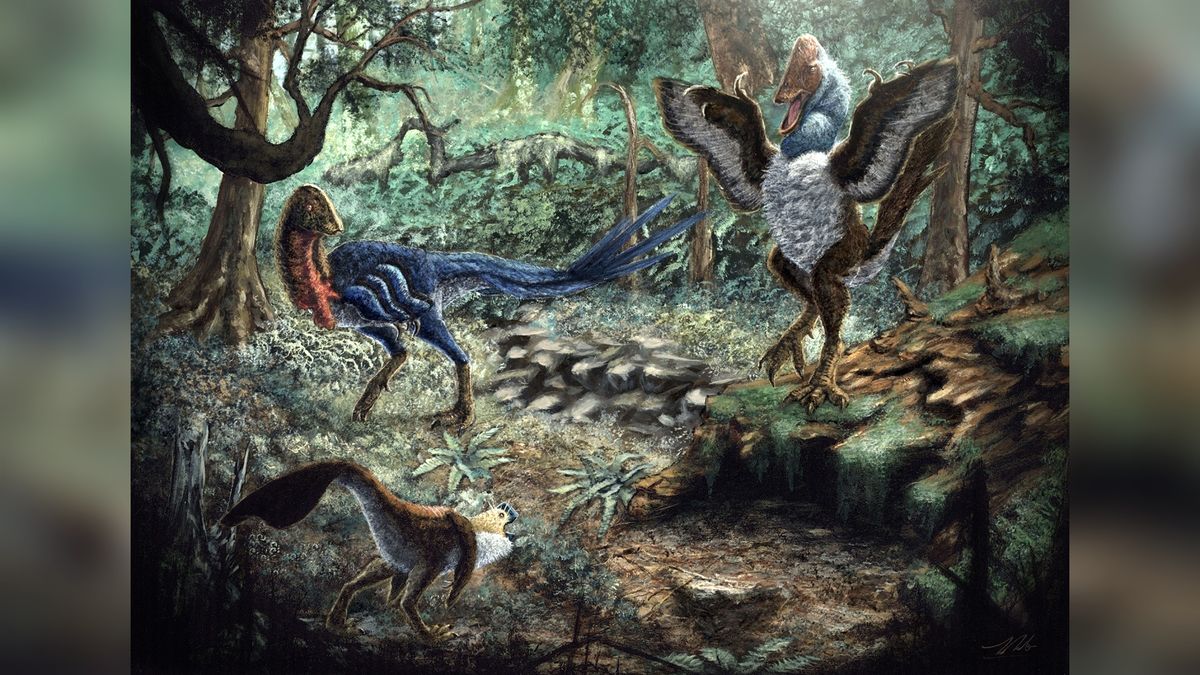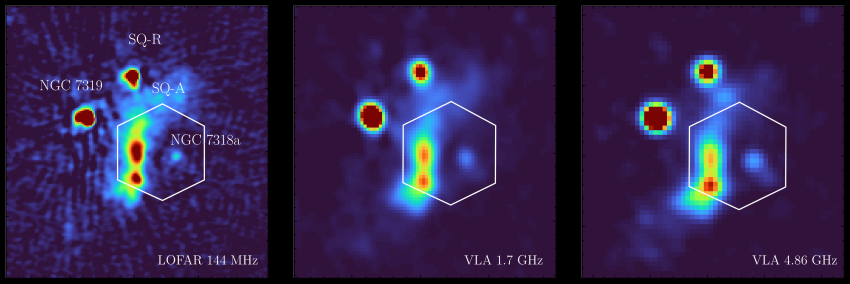A graduate student has made an extraordinary find by purchasing fossils online for a class project. The newly discovered dinosaur, known as the “pharaoh’s dawn chicken from hell,” lived during the late Cretaceous period (100.5 million to 66 million years ago) and comes from the South Dakota section of the Hell Creek Formation, which dates to about 65.5 million years ago. This was revealed in a new study published on Jan. 24 in the journal PLOS One. The lead author of the study, Kyle Atkins-Weltman, a doctoral student at Oklahoma State University, recounted that he spent $5,000 in 2020 to buy four fossils when he couldn’t find the bones he needed for one of his first research projects. Originally thought to be from a cassowary-like dinosaur, Anzu wyliei, also known as the “chicken from hell,” the fossils turned out to be from an unidentified species after Atkins-Weltman had them scanned. “I experienced my heart race with excitement,” he exclaimed. “I was like, is this really happening to me this early in my career?” After careful consideration, Atkins-Weltman decided on the name “Eoneophron infernalis” for the new species. ‘Eoneophron’ combines the Greek word “eos,” meaning “dawn,” and “Neophron,” which is the genus name for Egyptian vultures, also called “pharaoh’s chicken.” The reference to pharaoh’s chicken allowed Atkins-Weltman to include the chicken nickname of A. wylieii while also honoring his recently deceased pet Nile monitor lizard, named “Pharaoh.”
“He was an important part of my life,” Atkins-Weltman, who has autism, stated. “He was an emotional support animal, and he helped me get through the most difficult parts of being a scientist and dealing with all the stress and everything that comes with it.” The species name “infernalis” is derived from the Latin word for “hell,” which pays homage to the Hell Creek Formation and completes the A. wylieii “chicken from hell” reference. E. infernalis is a close relative of A. wyliei in the Caenagnathidae family and are both oviraptorosaurs characterized by long, slender limbs and toothless beaks. A. wyliei weighed around 440 to 660 pounds (200 to 300 kilograms), whereas E. infernalis weighed approximately 170 pounds (78 kg). Apart from size, the two dinosaurs also differ in terms of their anatomy such as the fused ankle bones, which are also fused to the tibia in E. infernalis, as opposed to both hell chickens. The extra fusing in E. infernalis may have allowed the new species to handle stresses better while running, according to the study authors. E. infernalis will be housed at the Carnegie Museum of Natural History in Pittsburgh after Atkins-Weltman donated it to the collection. While he was open about buying the fossils, he expressed concerns about the commercialization of fossils, stating that privately held bones are effectively useless to science if they’re not accessible. The study of the bones has helped researchers gain insight into the diversity of dinosaurs at the end of the Cretaceous before a catastrophic asteroid strike caused the demise of most of them. Atkins-Weltman pointed out that there was a decline in dinosaur groups such as tyrannosaurs and lambeosaurines in the last 2 million years of the period, though the pre-asteroid dinosaur decline is still a topic of debate. However, the presence of E. infernalis, A. wyliei, and evidence for a third currently undescribed species living at the same time suggest that decline wasn’t mirrored in the caenagnathids. “This group seemed to have maintained stability and diversity whereas other groups suffered,” he elaborated. “My guess is they were omnivores and very versatile, switching food sources to survive.”












